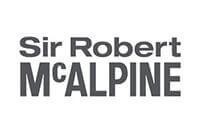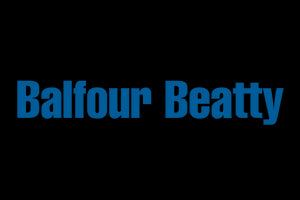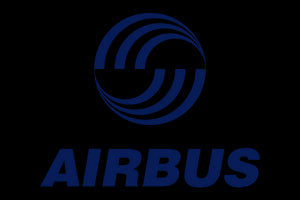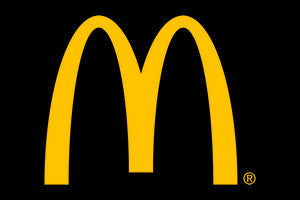Food storage and cold chain facilities face unique dust risks from packaging, pallet handling, forklift traffic, and dry ingredient decanting. Poor control threatens product hygiene, allergen management, and equipment reliability.
Understand sources and zones
- High-risk: bag tipping, carton crushing, labelling, and rework benches.
- Medium-risk: loading bays, marshalling areas, and conveyor transfers.
- Clean zones: finished goods and temperature-critical rooms. Maintain strict segregation and door discipline.
Capture at source
- Fit LEV on bag tipping or decanting points; use shrouds or partial enclosures to pull dust away from the breathing zone.
- Redesign handling: pre-slit bags, slow pour rates, and minimal drop heights. Use lined totes with lids for internal moves.
- For carton cutting and pallet de-stacking, provide point extraction or relocate tasks to a designated dirty booth.
Capture in the air
Use air scrubbers with H14-grade filtration where fine particles or allergenic dusts are present. Create directional airflow from clean to dirty zones. Cold rooms need careful placement to avoid short-circuiting airflow around racking; measure performance under load, not free-air. Air curtains, anterooms, and timed door closers reduce contamination during bay operations.
Capture on surfaces
- Avoid dry sweeping. Use industrial vacuums with high-efficiency filtration; choose models suitable for low temperatures and condensation-prone areas.
- Adopt scheduled vacuum routes for floors, mezzanines, and racking beams. Clean high ledges and lamp fittings that shed dust onto product.
- Control moisture: in chilled areas, dry methods are preferred to prevent mould; if wet cleaning is required, follow with thorough drying.
Monitoring and hygiene control
Use a particulate monitor to trend PM10 and PM2.5 during peak operations and loading. Tie cleaning sign-offs to batch or allergen changeovers. Keep spare filters and inspect seals; minor bypass defeats filtration efficiency.
Practical takeaways
- Fit LEV at decanting points and redesign tipping to reduce drop.
- Use H14 air filtration in allergen or fine dust zones.
- Vacuum only; avoid sweeping that redistributes dust.
- Protect clean areas with door discipline and airflow from clean to dirty.
- Track particulate levels and act on trends, not just alarms.
With source capture, controlled airflow, and disciplined housekeeping, dust remains out of products and off the cold chain’s critical path.
Speak with a Dust Expert
Every site and project is different. If you’d like tailored guidance for your specific scenario, our Dust Experts are here to help.














